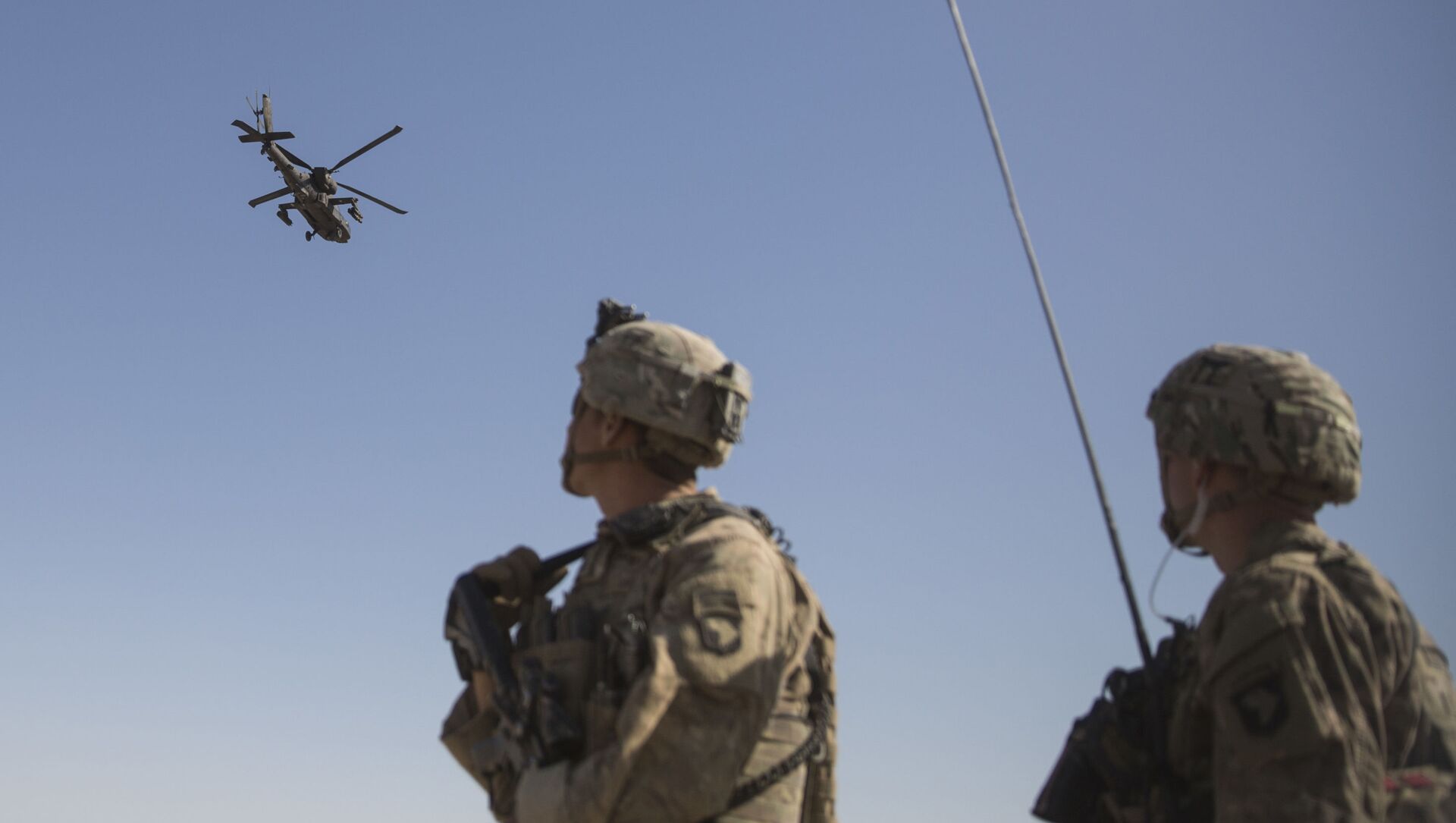The Biden administration is weighing whether to extend the US troop deployment in Afghanistan until November, instead of pulling out all personnel by the May 1 deadline, NBC News reported Thursday, citing two officials familiar with the matter.
Biden had actually opposed Pentagon leaders' efforts to keep the American soldiers in Afghanistan beyond May 1, but they managed to persuade him to consider the extension, the report says.
According to one of the officials familiar with the recent discussions, "Biden wants out," one of the officials familiar with the recent discussions said. He explained that the Defense Department had insisted that the Taliban isn't upholding the terms of the agreement, characterizing the case as "Look, you own this now, Mr. President, and we can't guarantee you what will happen if we just precipitously pull everyone out."
A second official said there were in fact several options on the table, including a withdrawal by or close to May 1, keeping troops indefinitely, or for a fixed period to be set by Biden. "The decision is with the president," the person added.
CNN also reported that while no final decision has been made so far, the United States would want to get the Taliban movement to agree to the extension. Earlier this week, President Joe Biden said a full withdrawal from Afghanistan is possible but it would be "touhgh" to do so by the May 1 deadline as agreed to in the deal with the Taliban.
While US officials have expressed concern that violence from the Taliban against Afghan forces is still too high, Taliban spokesman Zabihullah Mujahid has said that "the Doha agreement should be implemented."
To Withdraw or Not to Withdraw?
In a leaked letter addressed to Afghan President Ashraf Ghani earlier this month, US Secretary of State Antony Blinken told Ghani that the US is considering whether to withdraw troops by May 1. Blinken said the US has not ruled out any options to establish peace between Kabul and the Taliban. These reportedly include a revised deal for a 90-day reduction of violence and a UN-facilitated conference with international stakeholders, including Russia, China, India, Iran and Pakistan.
The deal with the Taliban was made in February 2020 under former President Donald Trump and provisioned two important parts: the Islamist group must put an end to violent actions against Afghan citizens and cut all ties with Al-Qaeda*. At the moment, the Taliban is the most formidable armed group fighting both the US and the Afghan government.

The deal also stipulated an immediate reduction of US troops to 2,500 people, subsequent leaving of several military bases within 135 days and a full withdrawal by May 1. On January 15, Washington said that the Pentagon fully carried out Trump's order to reduce the number of military personnel in Afghanistan from 14,000 to 2,500.
Meanwhile, The New York Times newspaper reported on Sunday that there are roughly 3,500 US troops stationed in Afghanistan, which is 1,000 servicemen more than it was officially disclosed by Washington. The newspaper also noted that the presence of more troops in the country than the Defense Department officially disclosed was a common practice, used from Syria to Yemen to Mali.
The stark difference in numbers was explained by the fact that some Special Operation forces and temporary units are stationed in Afghanistan "off the books," a senior US official told the NYT. Those include elite army rangers from Joint Special Operations Command Forces, another source explained.
A US-led NATO contingent has been present in Afghanistan since 2003 as part of a UN-mandated international coalition known as the International Security Assistance Force (ISAF). In 2015, ISAF was replaced with the Resolute Support Mission with a non-combat mandate to train, advise and assist the Afghan security forces. The mission currently includes around 9,600 troops from 36 NATO and partner countries.
*Al-Qaeda is is a terrorist organization outlawed in Russia and many other states





